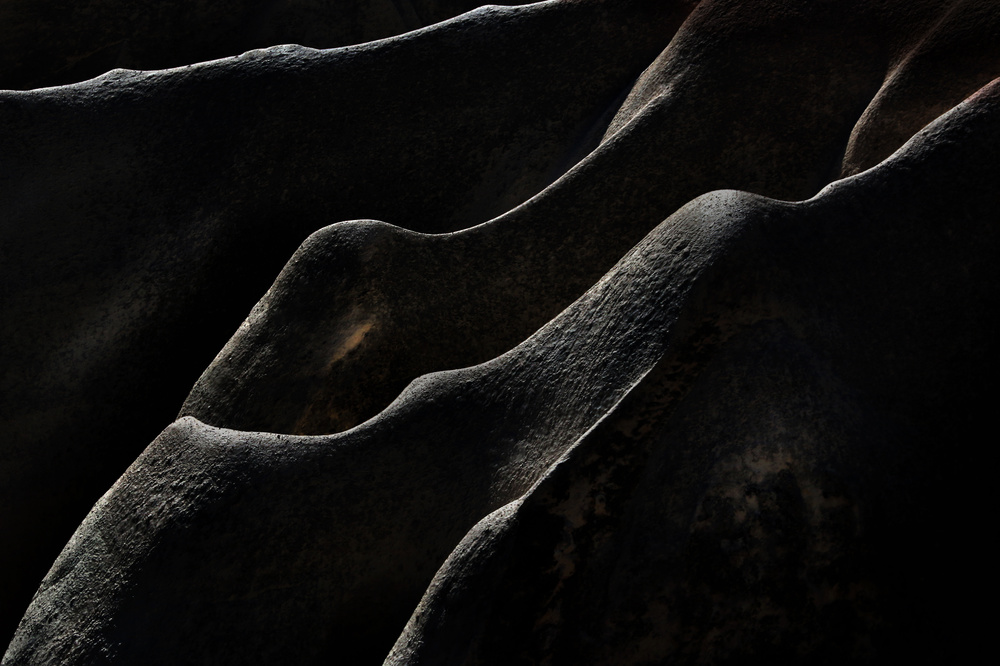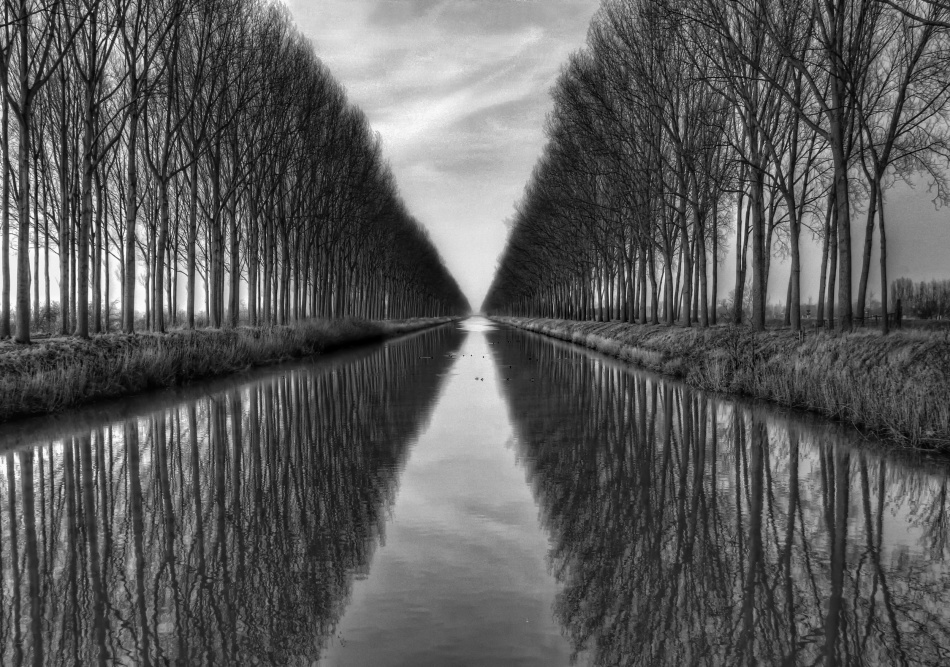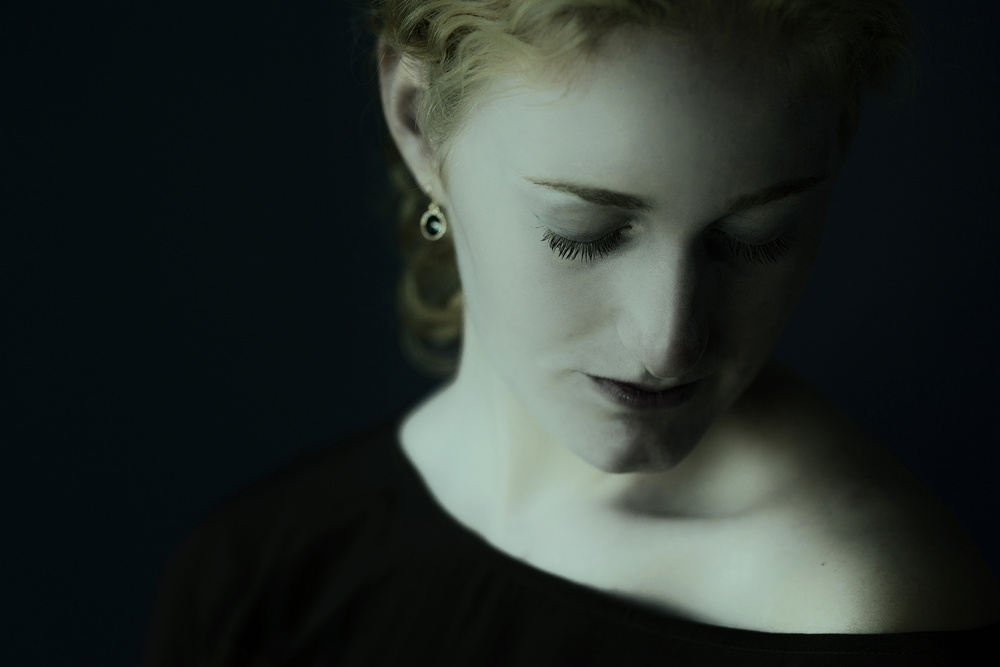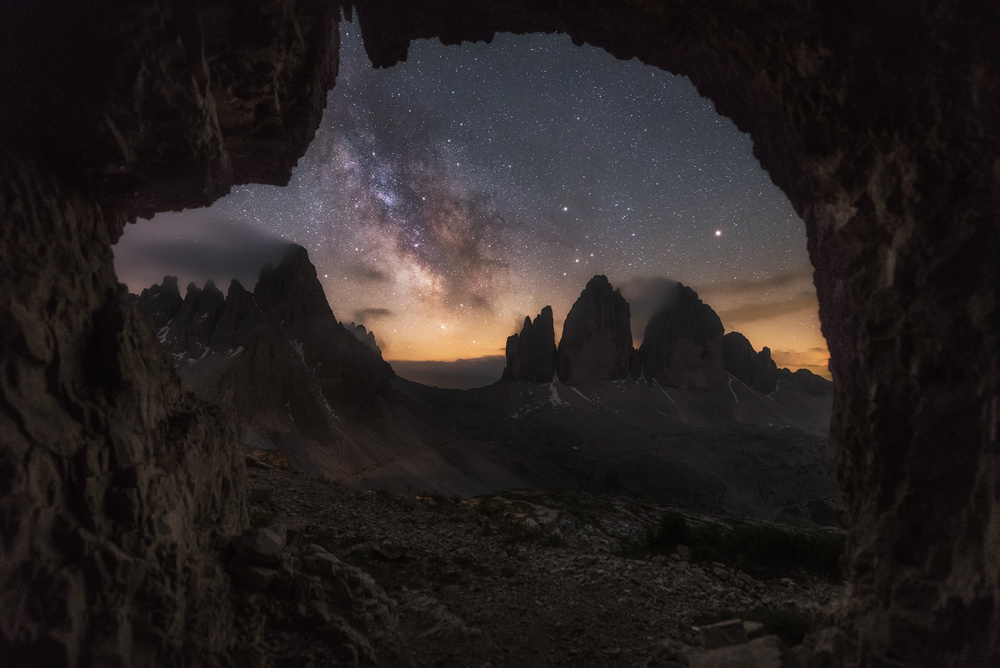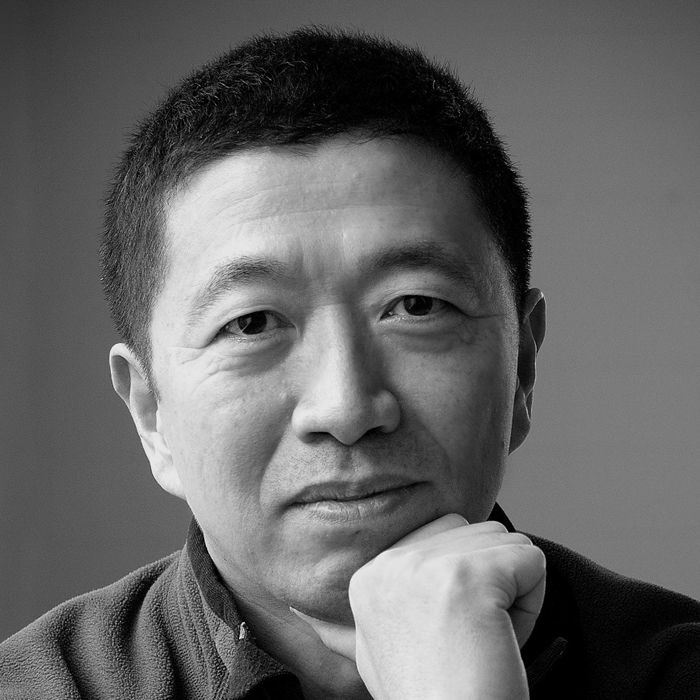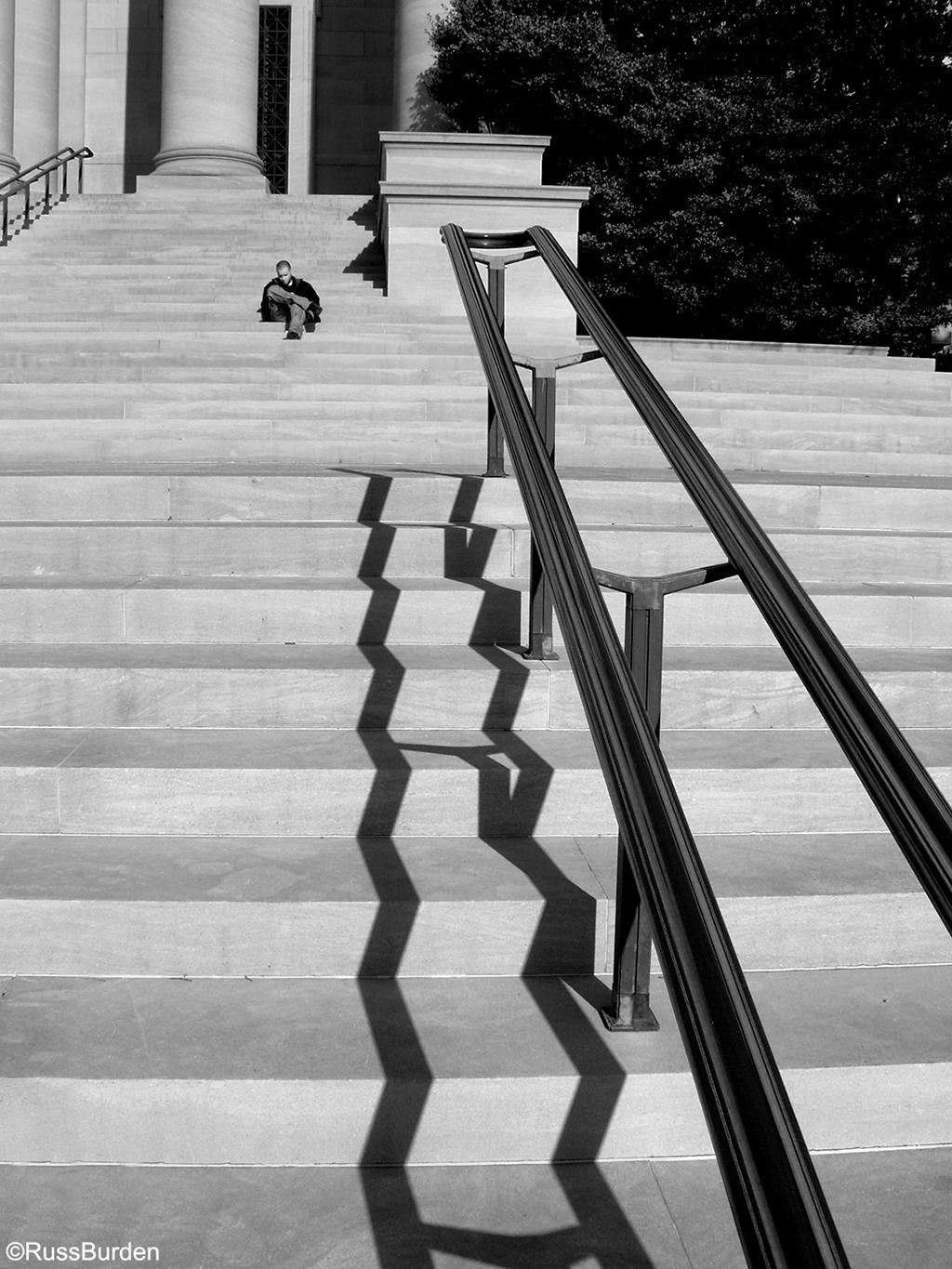Tips & Tricks
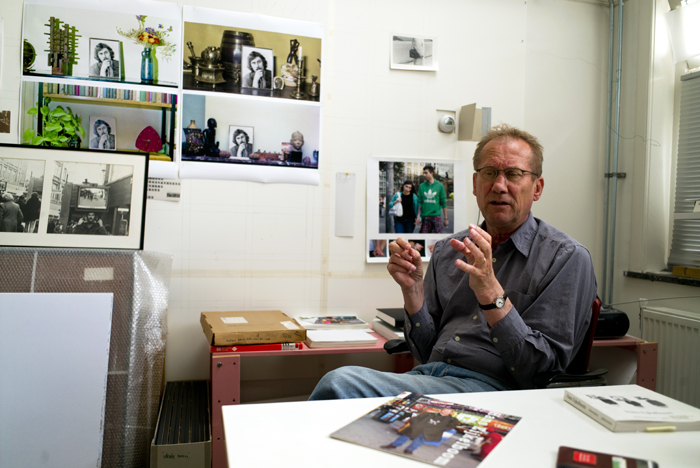
Hans Eijkelboom: famous Dutch "old school" street photographer
1x Blog-Tips & TricksI was very happy to be able to interview the famous street photographer Hans Eijkelboom live in Amsterdam. He turned out to be a very pleasant person. I was curious to find out how someone could continue to make photos of people in the street for many decennia. I met him in his studio in the typical Amsterdam neighbourhood “De Jordaan”.
 Hans Eijkelboom during the interview – by Marc van Kempen
Hans Eijkelboom during the interview – by Marc van Kempen
Dear Hans, you were born in 1949 in Arnhem. Are you from an artistic family?
No, I come from a typical blue collar family. We were politically active. My father was an electrician. My grandfather was an amateur photographer. He worked as a typographer in a printing plant.
I am looking at a photo your grandfather made in one of your books and I really like this photo.
Whenever I make a book I always include one of my grandfather’s pictures. This, for instance, is a photo of a barrel-organ in de Dr. Poelstraat in 1955. I am in it too. He won a prize with this one.
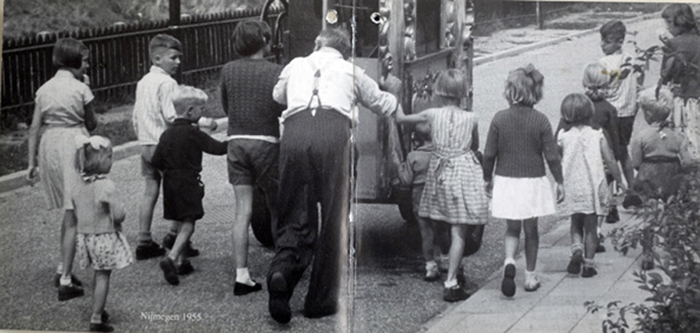
Here’s another photo of me as a young boy. It will be included in my next book.
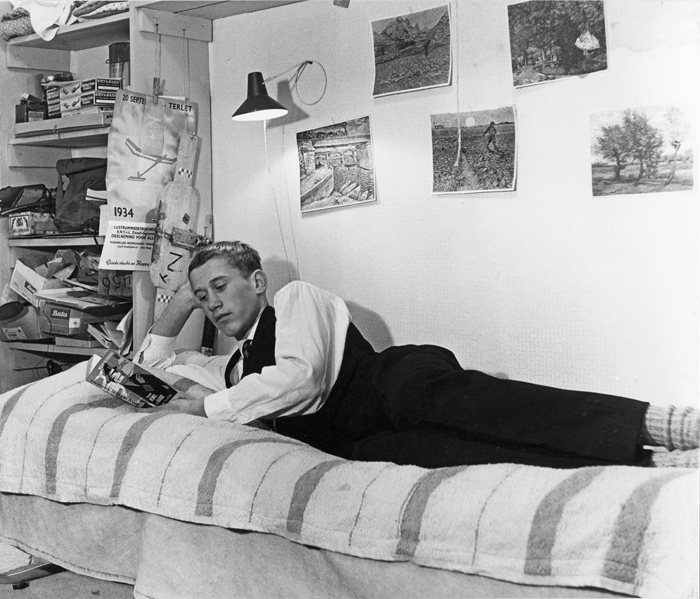
Can you tell us a bit about your youth?
I lived in Arnhem until I was 4 and then moved to Nijmegen where I lived until my 15th. After that I returned to Arnhem. I was intrigued by aviation. You could always find me at “The Goffert Park”. I built model air-planes and wanted to become a jet pilot. If you were smart and were in good shape you could also learn to fly a glider for free in Deelen. But I became involved with a group of politically left people . That didn't match with my idea of becoming a jet pilot so I abandoned that dream. It was a period of personal development and I decided to become an artist.
Than, the first camera appeared in your life. I borrowed a Voigtländer from my dad. I went with my grandfather to the Sonsbeekpark to see an exhibition. I took the camera with me.
Did your grandpa teach you?
Not really; I just put the camera at f5.6/125 and that was usually OK. In fact it all went pretty much automatically. I put it on infinite and the results were mostly good.
At a certain time in your life you had to choose. Why photography?
When I got more involved in photography I participated in a contest. Because of my background I spent lots of time in blue collar neighbourhoods. I felt a kind of social engagement and the need to become an architect. I felt that living conditions were very important in the emancipation of the worker. I wanted to shape the spaces around the houses of the workers. From an early age I somehow knew that the social life and the image of the world developed around these neighbourhoods. I wanted to contribute to this.
At the Art Academy I took the course “Monumental Design”. I wasn’t involved in photography at that stage; I was only busy designing squares and parks. I made models and slowly photography was introduced again; this time to photograph the spaces I was designing for. I documented my projects through photos. I was also interested in how nature could influence architecture. And I was intrigued by the relationship between my own identity, architecture and the entire social environment.
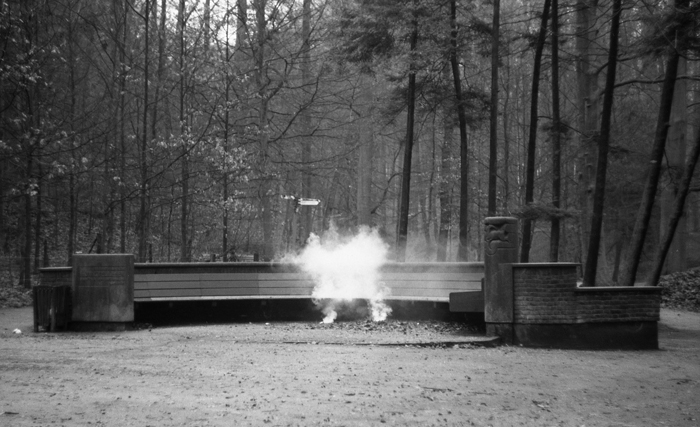
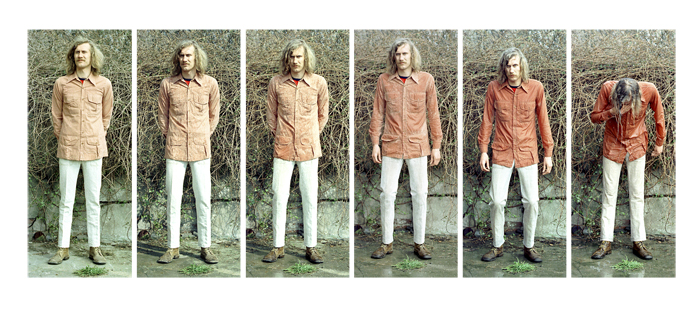
I managed to have a photo of me published in the newspaper for 10 consecutive days. I tried to show the influence of the media on the image we have of the world. Here is one example!
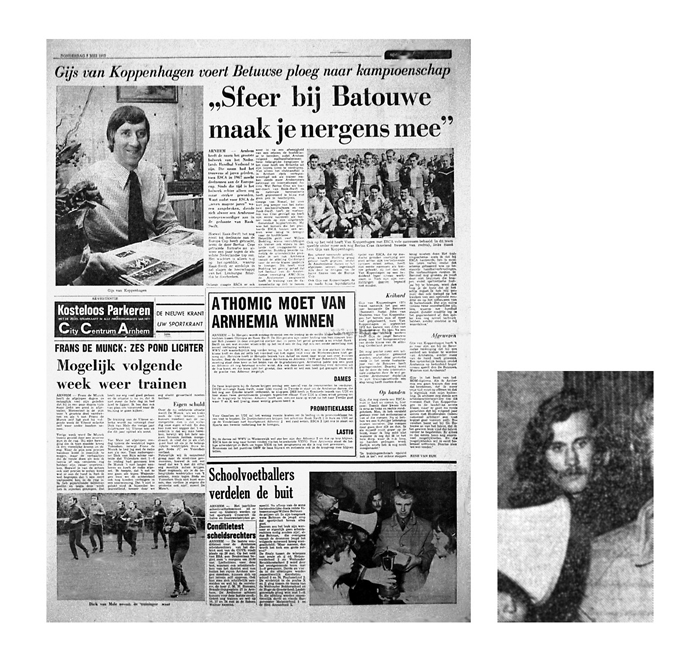
Another example was a series in which I portrayed myself as father of a random family.
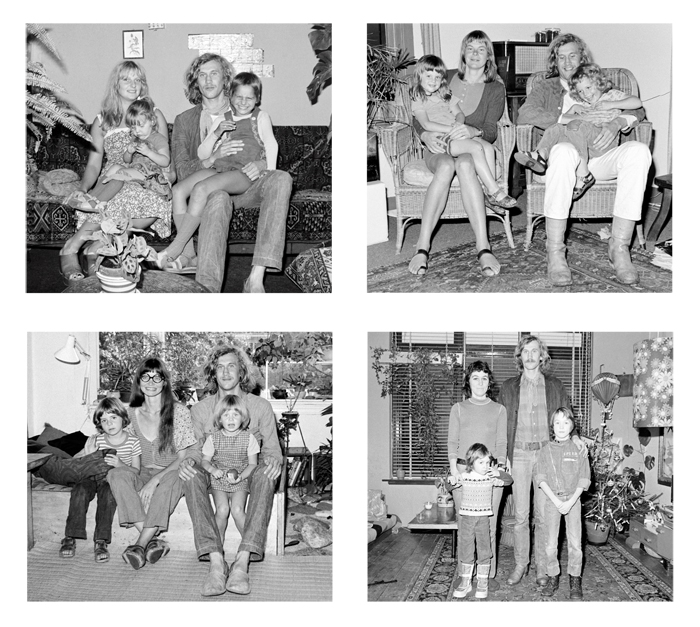
A number of people who I knew quite well about ten years ago, but who I’ve never seen afterwards, were contacted by an assistant of mine, with the following questions:
1) What do you remember about Hans Eijkelboom?
2) What occupation do you think he has at the moment?
Each interview is illustrated by a photograph of Hans Eijkelboom in which he personifies the profession attributed to him by the people who were interviewed.
1.
You’d be surprised perhaps, but yes, that name still rings a bell, Hans has been in my class for two years. I still remember him so well because he was a bit of a sideslip at school. There are always pupils who hate school, of course, but he had a real loathing for the school system and he made no bones about it. And that, of course, gave rise to considerable problems. I was one of the few whom he still put some trust in, he talked to me al lot and he has even been at my home a couple of times. From his point of view there was an immense gap between school and reality. He was very much aware, and he thought a lot about the society in which he lived. I think he has gone to a school for social work and become a welfare worker afterwards, e.g. in a centre for drug addicts.
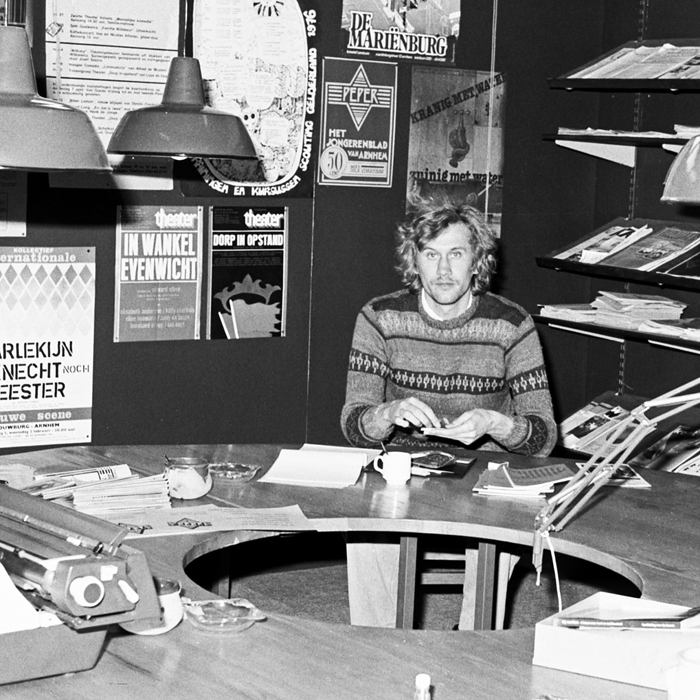
2.
Yes, there were a number of dominating figures in our class, such as Joop Doorland, Hans and me, in fact. So I remember him fairly well. His father had something to do with electricity, the electricity board, I think it was, he used to tell me a lot about that, and we were always engaged in some sort of business transactions. His pocket allowance was also one of his topics, there were constant disagreements about that, it being too low, of course. But what is his occupation at the moment? I should think he has taken the line of his father, also something in electricity. Because he was always very keen on technical things, and to me it was as clear as daylight that he would be something in technology. Has he married yet? No, well, I wouldn’t have thought so of him, because that’s what we used to talk about a lot, about that kind of thing. There were only a small number of girls in our class, about 6 or 7, and they were, you know, the current topic. But his occupation? Well, as I just said, something to do with electricity.
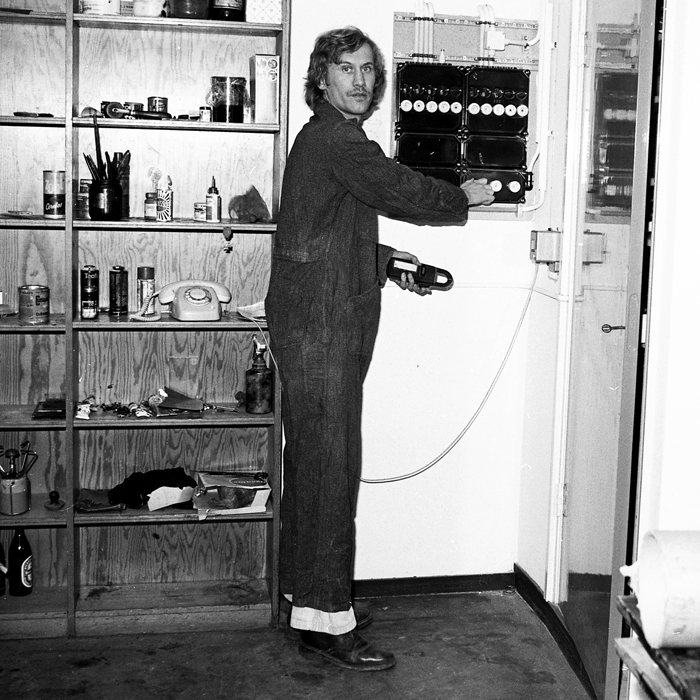
3.
Yes, of course, I remember him quite well, I’ve been in love with him for years. He was very tall, maybe as much as a head taller than the others in our class, fair hair he had, and blue eyes. In class his broad general knowledge was particularly striking, he could talk about anything. He was really informed about anything, I think it was because he read such a lot. His parents were real nature lovers, whenever weather permitted they went camping in the weekends, or at least they went for walks in the woods in the area. He was also a real outdoor person himself, and at any rate he must have an occupation which takes him into the open a lot. Presumably he has studied physics or chemistry, and now he is an environmentalist or something, forester or gamekeeper would also be quite possible, but at any rate something in that kind of field. I don’t know whether it is relevant to your investigations, but I still dream about him once in a while.
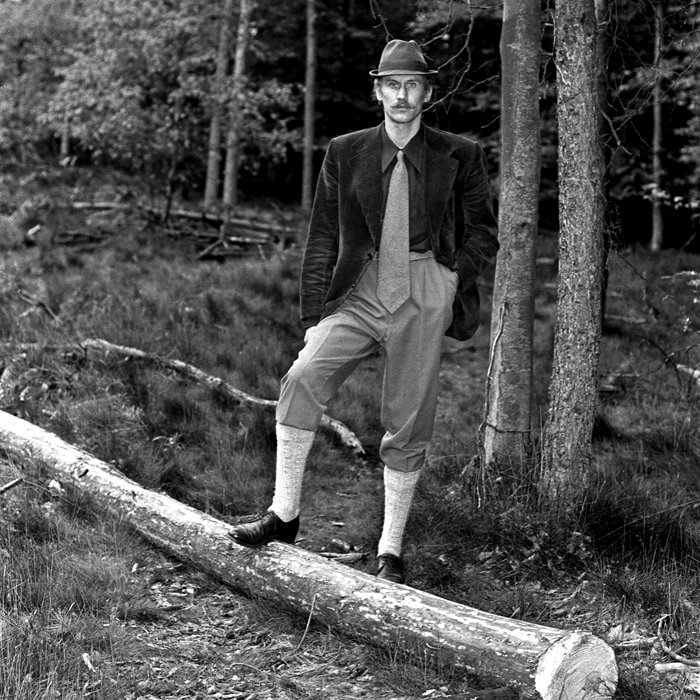
4.
Hans Eijkelboom, yes, I remember him, he was a classmate at secondary school. But I don’t think it easy to say something about him as he was rather an obscure person. For instance: everybody knew that he was not stupid, but still he failed in one subject after the other, and he was always in trouble with most of the teachers. I you didn’t know him you could hardly get an other impression of him than that of an extremely stupid boy with a great deal of backtalk. If you got to know him better, you found out that he read a great deal, and that he was interested in things which most of us weren’t interested in, e.g. politics. His occupation now, that’s really extremely difficult, in any case something in art, because I do know that he took a great interest in that, he was, as it was called in those days, definitely ‘artistic’. Allright, if I really have to name an occupation, I would say photographer.
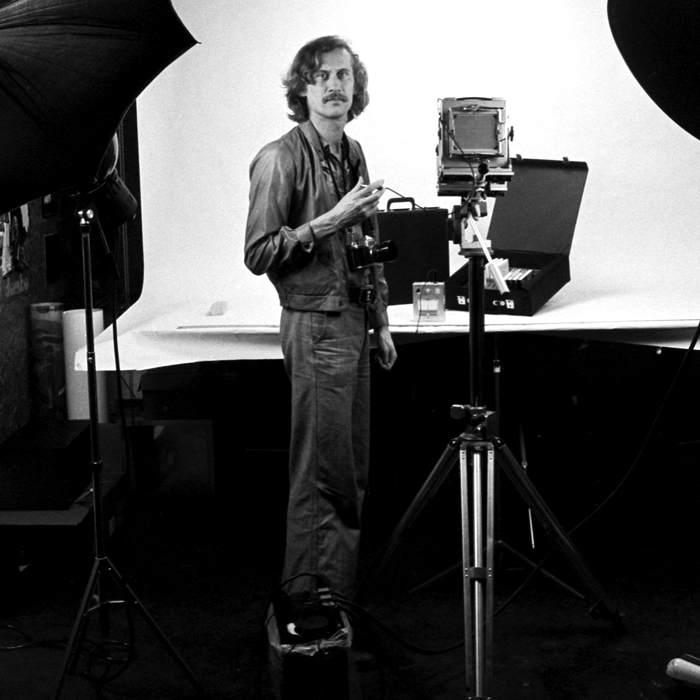
5.
Yes, he lived in our street. A tall guy, he also had a younger sister and a little dog, Loukie, a little black skipper dog. If he had had the opportunity he would have become a jet pilot, but things like that are hard to realize mostly. I didn’t see very much of him, he had friends on the Hazenkampseweg. He built a cart once, with those boys, on bicycle wheels, and driven by the engine of a lawnmower, a kind of skelter. I’ve also been in school with him, I think he was two grades higher, but then he failed to pass. Learning wasn’t very easy to him. Some question, his occupation? Something in business I think, because I remember that at a certain stage he and a friend had discovered that one bank paid more for dollars than the other, and they used to buy dollars at one bank and sell them again to another or something, I don’t know exactly. Banking seems very likely to me.
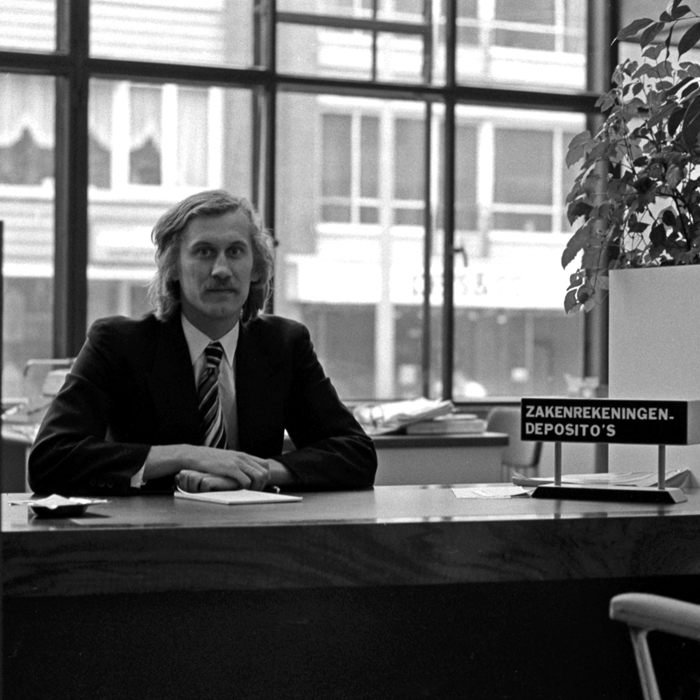
6.
He was the boy next-door in the Dr. Poelsstraat. His hobby was building scale models, and at a later stage gliding. Aviation was everything to him. Every weekend he used to go to the Terlet gliding ground, often with his parents, because his father was a glider pilot as well. Apart from that he was very keen on sports, swimming especially, I even think he took part in swimming competitions for a while. What I also remember quite well is that they used to go on holiday by bike, with huge cycle bags etc. and that the whole street used to laugh at this, especially the shorts of his father’s. I should think he has kept on to aviation or technology, because technically he was also very gifted. Jet pilot would seem most likely to me, in the air force. I think there was even some sort or arrangement by which the air force paid for his gliding, I dont know the details anymore, but you were examined at Soesterberg airbase, and if you passed you had free gliding facilities.
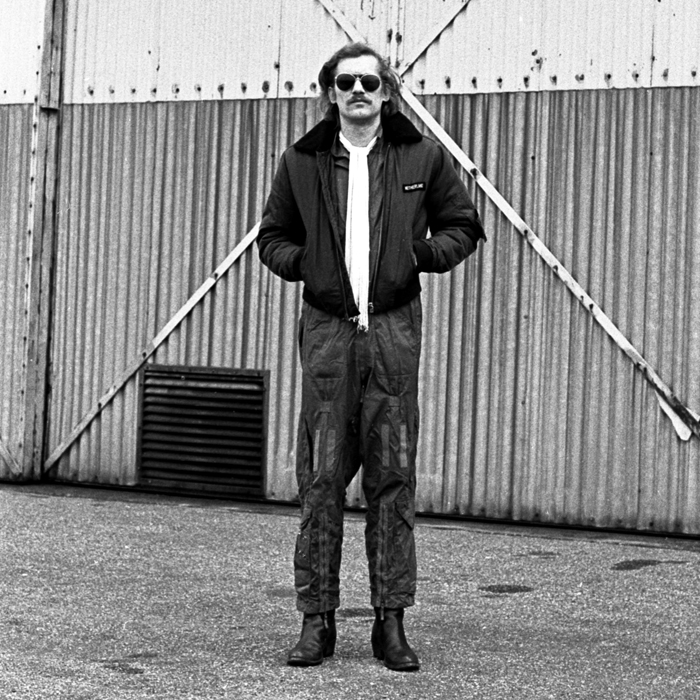
When I first became artist I was constantly searching for my identity and the relationship of my identity with the society I lived in.
Was that a revolutionary period?
There were 2 movements at that time: Performance art where an artwork is created in relation to the public. Art wasn’t any more just a painting on the wall. On the other hand was the development of conceptual art. Some artists believed that art could just be an idea because once you’ve made an artwork it starts to play a role in the economic system. They would create their “idea” with very simple means. The simplest way to photograph was the snapshot and this became acceptable. The camera served to clarify ideas or concepts and not to create art.
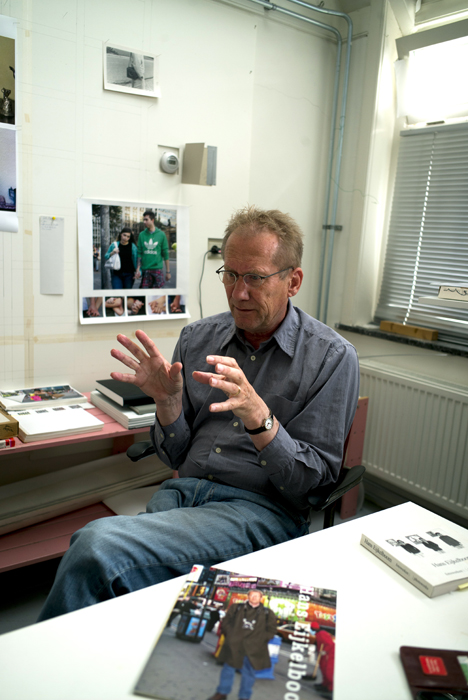
Hans Eijkelboom during the interview – by Marc van Kempen
I was caught in the middle. On one hand I adhered to the conceptual art form but in the end I realised that the image was still very important to me. It was difficult for me because I am not a photographer and photographic criteria are not applicable on my work. My work has gone through a long period of development and funny enough in the last few years my earlier work has attracted more attention.
Why do think this is happening?
In the end conceptual artists wanted to remain fine art painters, not photographers. Photography has always stuck to criteria that are valid within the art of painting. But with the development of digital photography all that has been changed. So many people take photos and it’s become so easy to manipulate the material: totally different from the analogue period. It has become a manipulative medium and that was also the subject of my earlier work.
Did you see the change from analogue to digital as an advantage?
Yes, definitely. I used to spend much time in the darkroom. Digital processing is so much easier and it’s easy to archive. A little anecdote: I was convinced that lots of things would change in the year 2000; that’s why I started keeping a diary 7 years before 2000 and I would keep it until 7 years after. Just about the year 2000 we saw the introduction of the digital photography, which made my work very interesting.
Tell me a bit more about the background of your diaries.
I started it because I felt that the result would show a mirror of the development of my vision and personality. I always knew that a person is, for a large part, the product of his environment and the culture he lives in. Visual aspects are very important: that becomes clear in shopping streets. Everybody buys clothes thinking that these clothes are perfectly fitted to his personality. But when he is realistic he’ll notice that hundreds of other people are wearing the same thing.
How do you proceed in the street?
I go to the Dam or to another busy street in Amsterdam. I look around for about 15 minutes and then I see my subject. I then put my camera around my neck and the remote shutter release cable in my pocket. I want to concentrate on looking at people. I am very happy with my digital Sony A7 II with lots of megapixels. It doesn’t make any noise so I can take as many photos as I like.
Do people in the street notice?
Some notice that I am intensely looking and wonder what I am looking at. They don’t realise they are being photographed. Sometimes people recognise themselves in a book.
Does that create problems?
As long as I don’t use it for commercial projects there is no problem. It also depends on the country you’re in. The argument “I don’t want to” is legally no argument. You would have to prove that you have serious reasons not to be in the book. I am happy that it has never come this far.
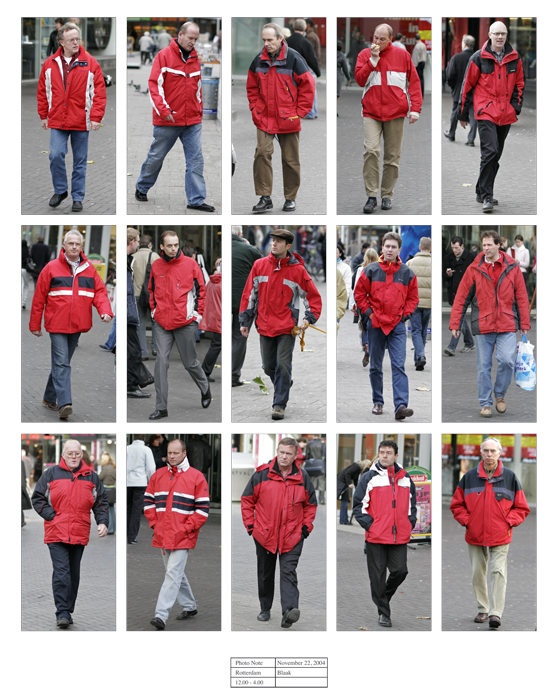
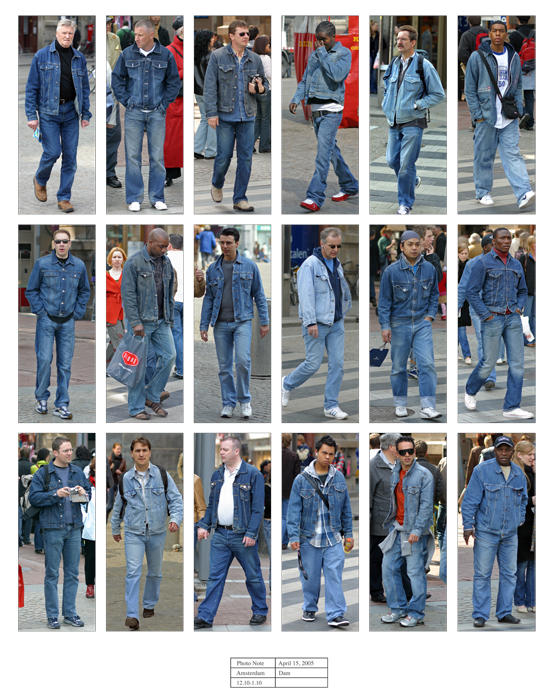
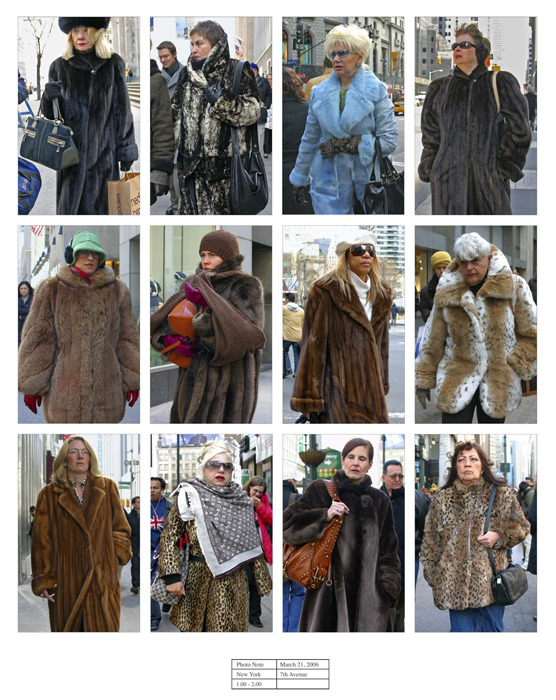
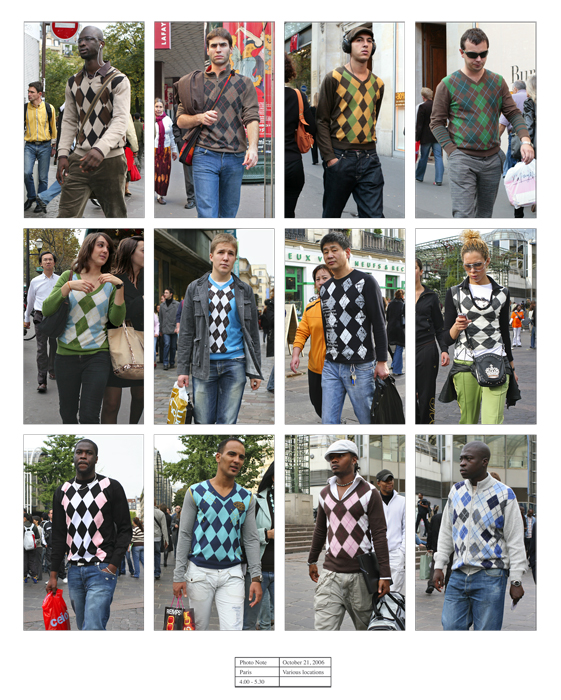
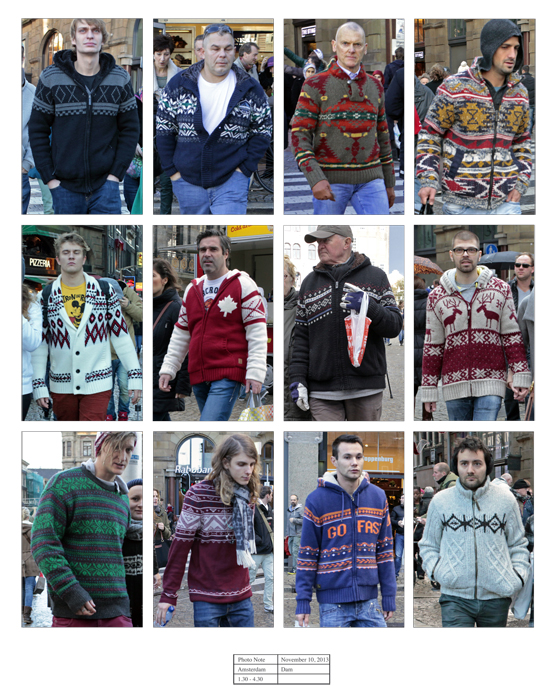
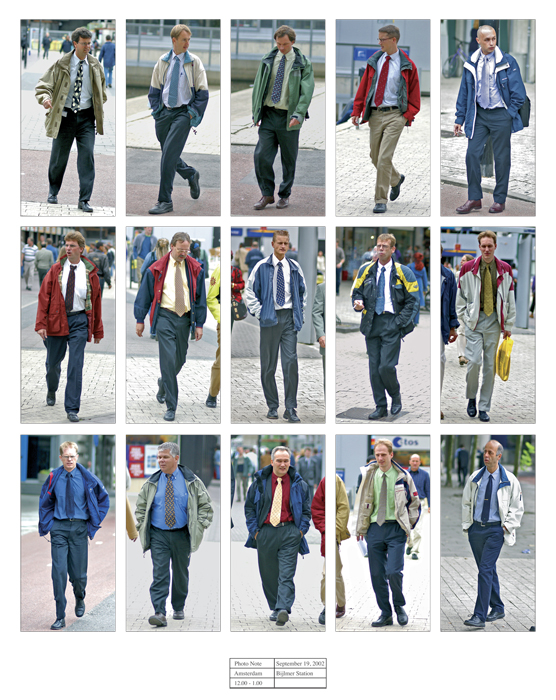
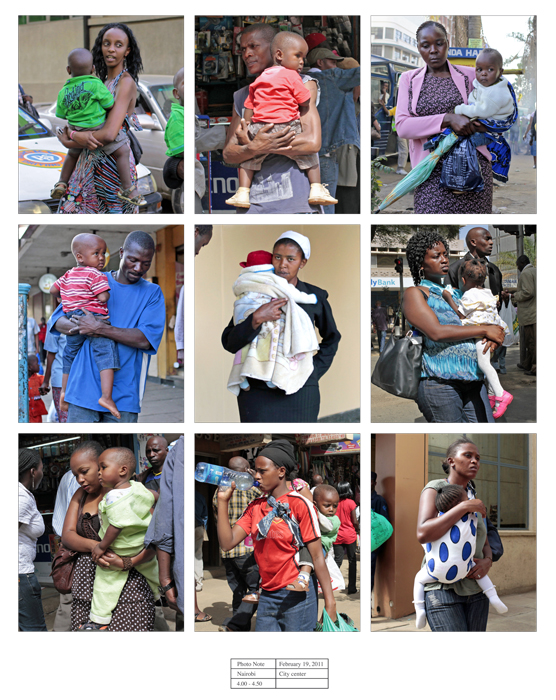
I do send photos to people who have seen themselves in a book and who have asked for a photo. I also take care that they are well portrayed and that there could be no reason for complaint. I love people; if I didn’t you would get totally different photos.
Doesn’t it drive you mad to see so many themes in the street?
I only work during 2 hours on the same theme. For instance I choose red coats. If I can’t get the series done within 2 hours I stop and then the photos don’t appear in my “photo notes” as I call my series. Sometimes I see more themes and then I save those for another time. And there are themes I plan to do but still haven’t been able to finish.
Which ones are those?
I would love to make a series of couples who both wear t-shirts with text on them but there has to be a relation between the two texts. I still haven’t succeeded. Or I am looking for those old Vietnam coats with stickers on them. I need 16 of them and I still haven’t been able to do it. You would think that you would easily find them in Amsterdam but that’s not the case. I have tried 5 times already…
Do you always carry your camera when you go down town with your wife?
No, not always. I try to separate my private and professional life. Not always easy. During the period that I worked on my diaries I always carried my camera when we went to parties. After some time people got annoyed at that because they knew I would always take photos of them. So I stopped and kept my private life separate.
You’re famous for those series but do you also get commercial assignments?
No, usually not. But right now, for the first time in my life, I have an assignment for the Tax Office and I think that’s OK. We all pay taxes and we’re all Dutch. I do take two people with me who manage the shoot and all people involved will get a contract. But normally and out of principle I never do commercial projects.
Do you use Photoshop a lot?
No, never.
What is your source of income?
Private individuals buy art from me and I receive subsidies. Besides that I do other type of assignments. I was asked to document “The Black Country” in England. They wanted me to take photos of the area and the people. In the end I didn’t do it but I did make a beautiful series of Birmingham. A book was made of that and later a film. The film was shown at the Film Festival and that also provided income. I also receive a state pension. As an artist you don’t make a lot of money but it was a choice my wife and I made. We keep our living costs low and have always enjoyed life. I also earn some money from expositions.
The two people from Rotterdam who are trying to imitate your work: that must be a huge irritation in your eyes?
Yes, I have been worried about that but that period is behind me. They work differently and their photos also have a different look.
What about plagiarism in general? Can you just copy ideas of others?
Yes, that is acceptable these days. But it doesn’t pay. You can try to take photos à la Martin Parr. But after a while it will be clear that it’s not the form but the content and development of the work that count. You can’t keep imitating, after a while you’ll have to do something that is original.
What do you want to reach with your work?
I continue to make my series. Our society is developing. Fashion and styles are developing. I can’t stop doing this.
I still have two big ambitions: I’d like to make a work about an ageing man, probably with myself in the lead. The question would be: “What does it mean to age in our society and culture?”
The second subject is the fact that we have been fundamentally changed by the digital age. Our lives are split between an analogue and a digital life. In the street these two realities meet and the difference becomes visible. The difference between how people look and move in the streets and what they see at home in the digital world. Until now this has been very difficult to put into images. My expositions are taking too much time at the moment. Art increasingly means money but I refuse to work through a gallery and want to stay outside that world.
Do you sell a lot at your expositions?
No, in fact I like to give my work away. I used to make little books to give away. When you’re leaving I’ll give you two books as well.
Do you have tips for amateur photographers who’d like to become professional?
I wouldn’t know how to go about that. It’s more a mental step. If you are very serious you should enrol in an academy and see if this takes you in the right direction.
Thank you very much for the interesting talk and for your time, Hans.
For people interested in Hans’s oeuvre I recommend the book: “Hans Eijkelboom Concepts 1970”. A very interesting work of this exceptional photographer.



